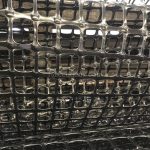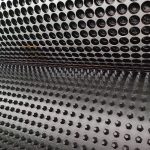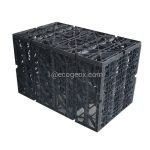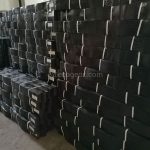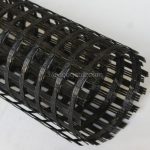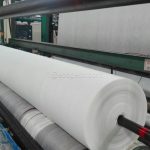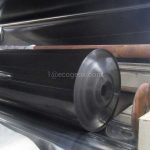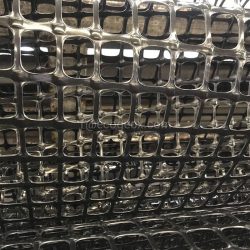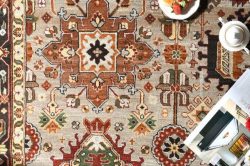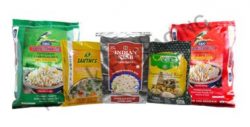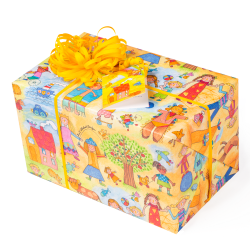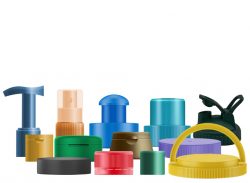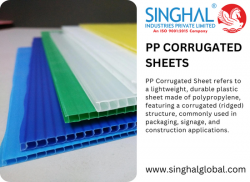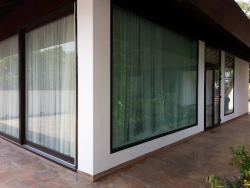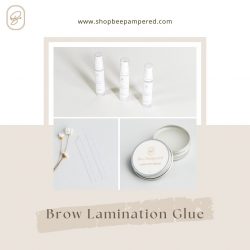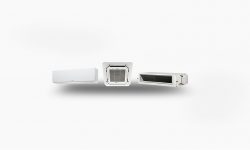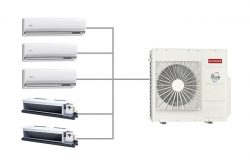Geogrid vs. Geotextile: Which Solution is Right for Soil Reinforcement?
In soil reinforcement applications, two commonly used solutions are geogrid and geotextile. Both products offer distinct benefits and serve different purposes in stabilizing and reinforcing soil structures. Understanding the differences and applications of geogrid and geotextile is essential in selecting the right solution for your soil reinforcement needs. In this article, we will compare geogrid and geotextile to help you make an informed decision.
Geogrid: Reinforcing Strength
Geogrid is a synthetic material typically made from high-strength polymers like polyester or polypropylene. It is designed with a grid-like structure consisting of interconnected ribs or strands. Geogrids are known for their high tensile strength and stiffness, making them ideal for applications that require significant soil reinforcement and load distribution.
Key Benefits of Geogrid:
Tensile Strength: Geogrids mesh provide exceptional tensile strength, allowing them to distribute loads effectively and withstand high forces.
Soil Confinement: The open-grid design of geogrids helps confine soil particles, preventing lateral spreading and improving stability.
Load Distribution: Geogrids can distribute applied loads over a wider area, reducing localized stress and preventing soil settlement.
Common Applications of Geogrid:
Reinforcing retaining walls and slopes
Stabilizing embankments and steep slopes
Strengthening road and railway foundations
Supporting load-bearing structures like parking lots and driveways
Geotextile: Filtration and Drainage
Geotextile, on the other hand, is a permeable fabric made from synthetic or natural fibers. It is designed to allow water flow while providing filtration and separation functions. Geotextiles are commonly used to improve soil drainage, prevent erosion, and separate different soil layers.
Key Benefits of Geotextile:
Filtration: Geotextiles act as filters, allowing water to pass through while preventing the migration of fine particles, thus maintaining soil stability.
Erosion Control: Geotextiles can protect the soil surface from erosion by providing a barrier against the erosive forces of water and wind.
Separation: Geotextiles create a separation layer between different soil types or aggregates, preventing intermixing and maintaining the integrity of each layer.
Common Applications of Geotextile:
Drainage systems in retaining walls and embankments
Erosion control in slopes, riverbanks, and shorelines
Soil stabilization in road construction
Separation and filtration in landfill liners and erosion control blankets
Choosing the Right Solution
To determine whether geogrid or geotextile is the appropriate solution for your soil reinforcement needs, consider the following factors:
Required Strength: If the project involves significant load-bearing requirements, such as retaining walls or heavy traffic areas, geogrid may be the better choice due to its high tensile strength.
Drainage and Filtration Needs: If the primary concern is improving drainage and preventing erosion, geotextile is the more suitable option, as it allows water to flow through while providing filtration and separation functions.
Project Specifications: Consult the project specifications and engineering requirements to ensure compliance with industry standards and regulations. Soil conditions, site characteristics, and specific project goals will influence the choice between geogrid and geotextile.

